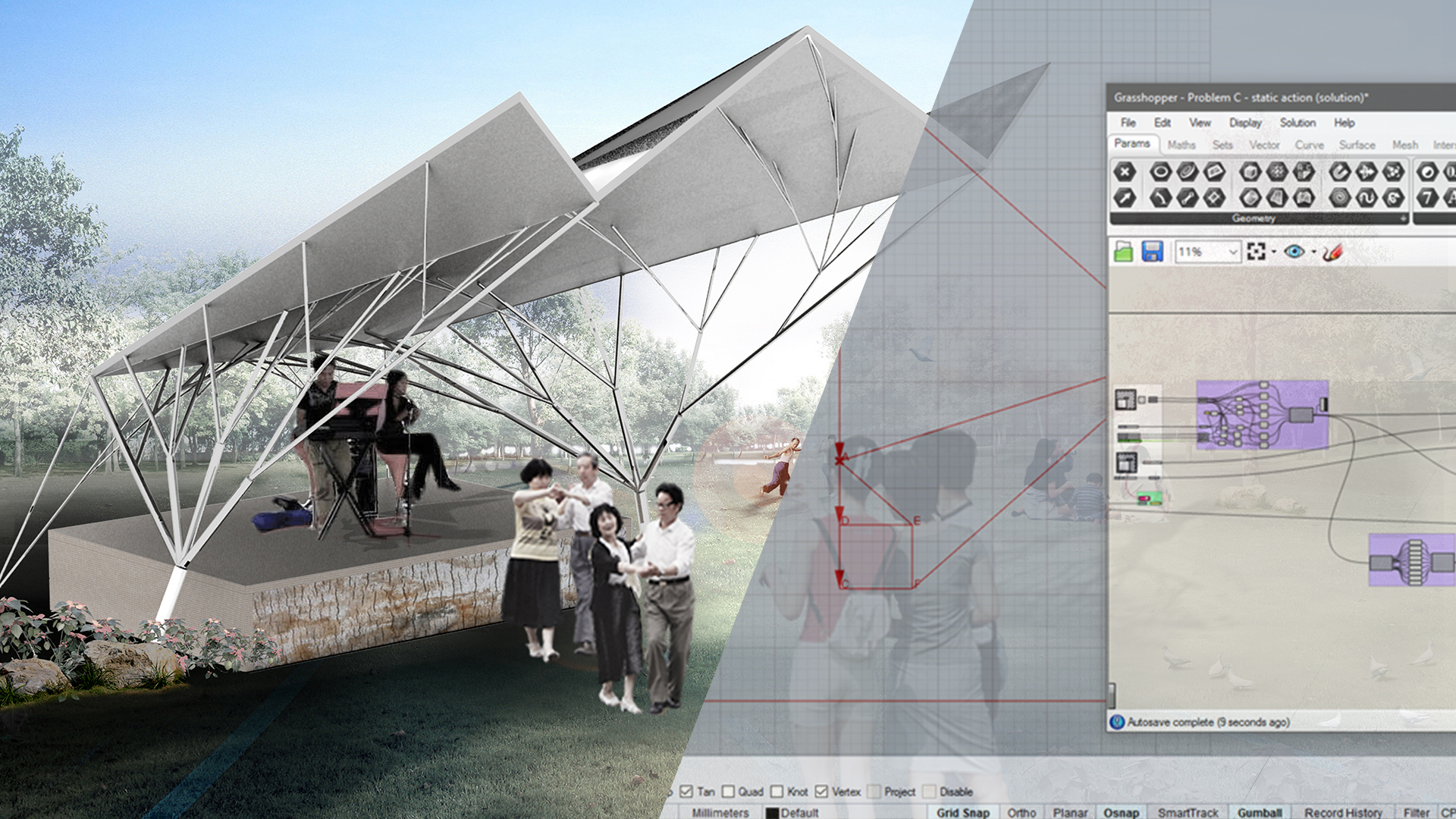
The class exposes students to the geometric design of unconventional low-carbon architectural structures. The focus is placed on the conceptual exploration of a rich and diverse solution set rather than on the analytical sizing of a given system. Hand-controlled methods and computational tools are used, as well as strategies to rapidly take key decisions.
The following content is delivered: - Introduction to the value of structural geometry towards the architectural project; - Introduction to the role of design-oriented assumptions in engineering; - Strategies for selecting and transforming load-bearing systems; - Principles of physical models; - Formal explorations using graphic statics and force paths; - Introduction to form-finding tools; - Historical illustrations of interactive design.
At the end of the semester, students must be able to: - Choose and select a structural solution that is relevant to given architectural, technical and environmental contexts; - Sketch a wide variety of structural forms that originally address specific issues; - Determine the geometric degrees of freedom in a given structural typology; - Use a computational tool for graphical parameterization; - Identify structural solutions that require less material for construction; - Modify a structural solution to enhance its mechanical behavior.
The class is punctuated by four mini design projects: (1) selection and transformation of structural typologies and geometries; (2) exploration through physical models; (3) hand-driven generation through graphic statics; and (4) computational generation through graphic statics.
- Professor: Corentin Fivet
- Teacher: Jonas Warmuth